As the research around the dangers of natural gas continues to grow, consumers turn to clean energy alternatives.
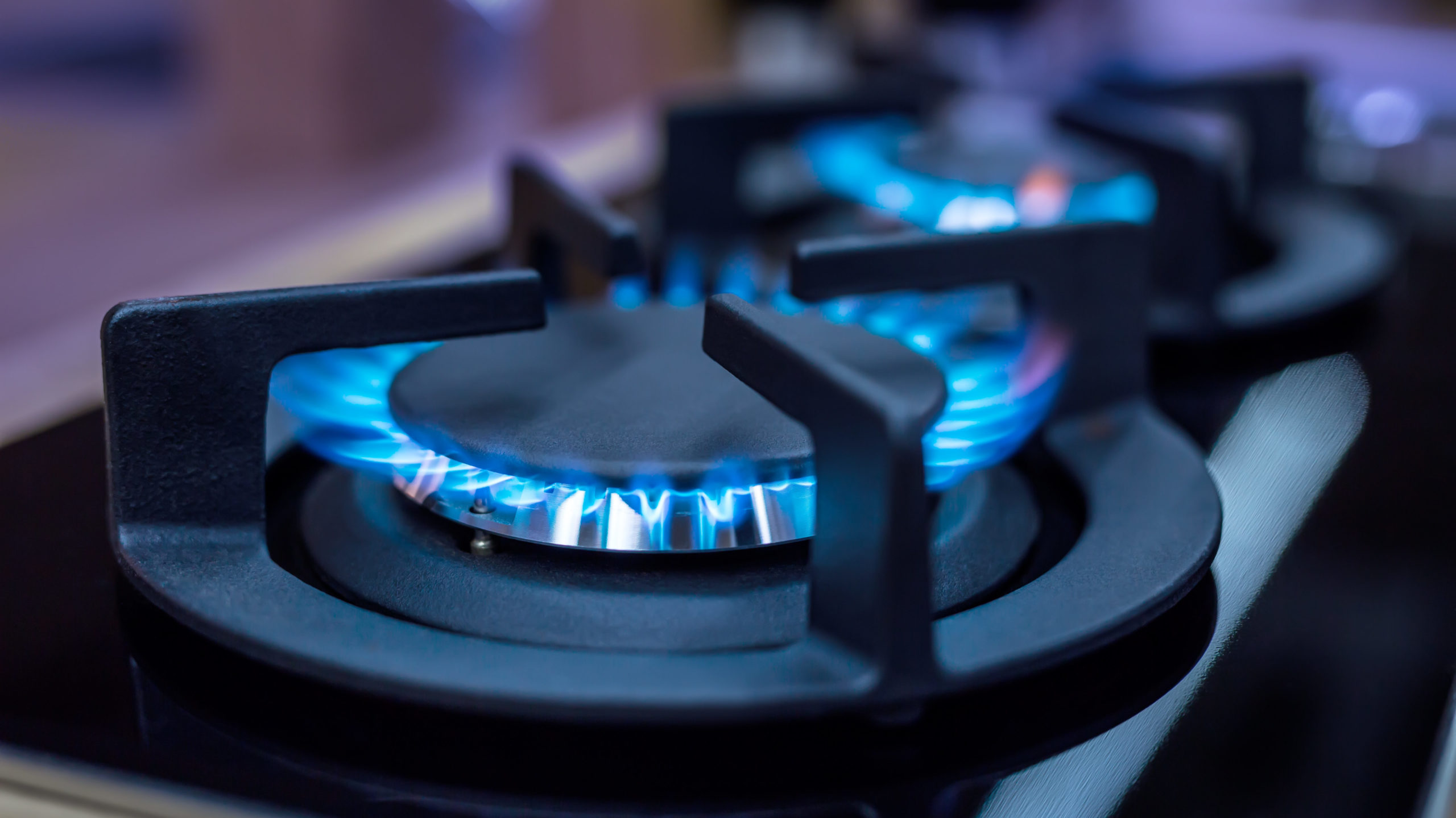
In a nutshell:
– There is growing evidence that using natural gas for space and water heating and to power appliances in buildings poses serious public health, safety, and environmental risks.
– These risks are avoidable and can be prevented by switching home and business fuel sources to carbon-free, renewable electricity.
– Shifting to renewable sources of electricity to power appliances and buildings will save money over the long run.
Here in Minnesota, many of us depend upon natural gas every day. It’s how we cook our food, heat our shower water, dry our clothing, and warm our homes and businesses. However, there is strong and growing evidence that using natural gas poses a significant health and safety risk. The very appliances we depend upon are threatening our wellbeing.
Natural gas at home, and everywhere.
Natural gas gained popularity between 1950 and 1970 as a cleaner alternative to coal. It was adopted at a high rate and now natural gas isn’t just used where we live and work, it’s also used for industrial processes and electric power generation. Natural gas is so integrated into how we live that Minnesota alone has more than 34,000 miles of natural gas pipelines and 75% of houses and 68% of businesses in the Midwest are powered by natural gas.
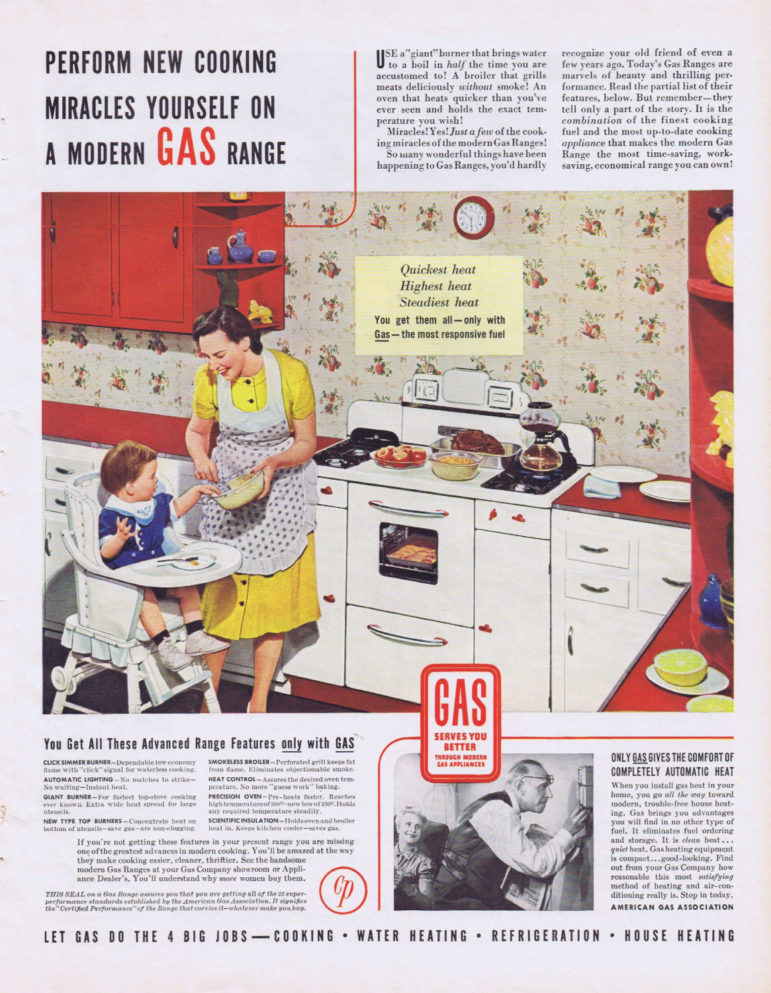
But what is natural gas?
Natural gas hit the branding jackpot. As consumers, we’re programmed to trust products with “natural” in their names but despite having a name we inherently want to trust, natural gas is still a fossil fuel just like coal and oil.

Americans tend to think of natural gas as a clean and inexpensive fuel source. And even though natural gas is indeed relatively cheap and abundant, it’s far from clean. While it’s true that natural gas emits less carbon dioxide than coal and other fossil fuels when it’s burned, the devil is in the details. Natural gas is commonly a byproduct of oil extraction, especially during hydraulic fracturing, and oftentimes is so overly abundant that it’s vented into the atmosphere or burned off at the extraction site, both of which vastly increases the carbon pollution associated with the natural gas process chain. Additionally, one of the key greenhouse gases released from venting or leakage is methane and research shows that methane, when released into the atmosphere, is more than 80 times as powerful as carbon dioxide at trapping heat in earth’s atmosphere over a 20-year period. Its methane emissions, paired with the variety of other air pollutants natural gas releases, packs a serious punch for our health, safety, and environment.
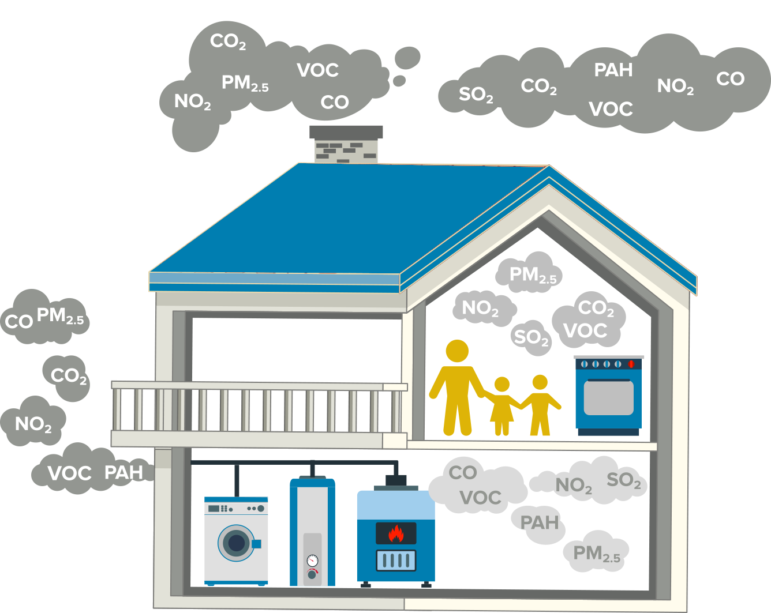
Health risks.
Gas appliances and fossil fuel-burning heating devices generate a variety of air pollutants including nitrogen dioxide, sulfur dioxide, polycyclic aromatic hydrocarbons, carbon monoxide, carbon dioxide, volatile organic compounds, and particulate matter. There are voluntary indoor air quality standards for these pollutants in the U.S. because exposure to them has been linked to serious health risks, including cancer, decreased lung function, worsening asthma, chronic obstructive pulmonary disease and heart disease symptoms, nervous system damage, delayed neurodevelopment in children, and premature death. However, these standards are voluntary and the levels of pollutants in homes are rarely tracked.
While the burning of natural gas is detrimental to the health of all Minnesotans, it’s especially harmful for children, the elderly, rural and low-income communities, and people of color in Minnesota. Exposure to these air pollutants can also cause death. Each year in Minnesota, carbon monoxide poisoning from natural gas and propane combustion causes 287 emergency room visits, 29 hospitalization, and 12 deaths.
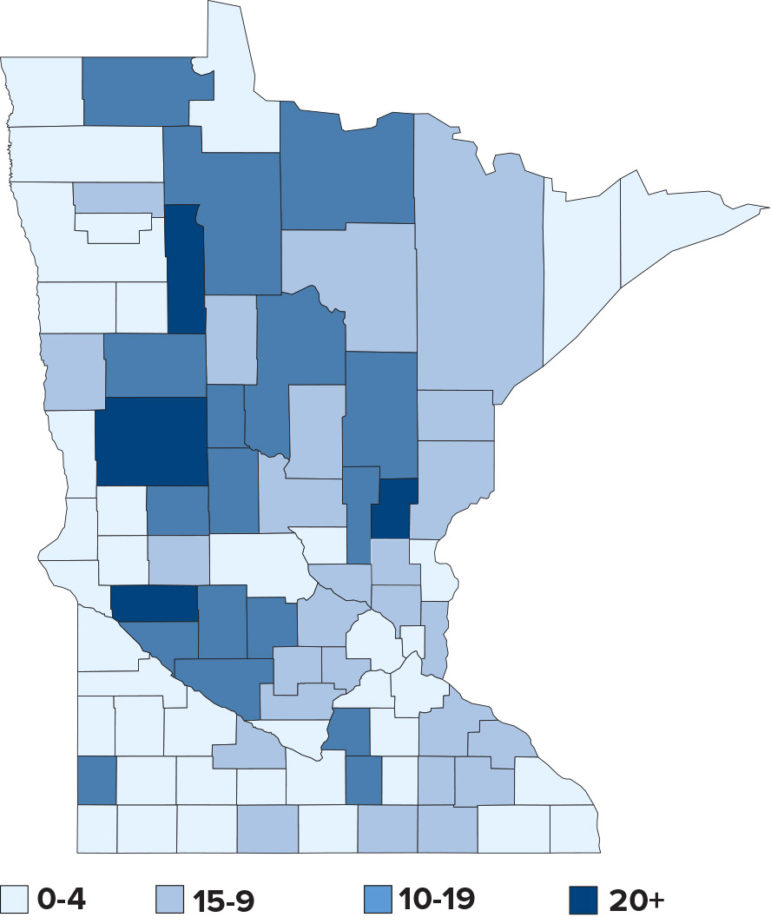
Who’s monitoring these pollutants?
Surprisingly, apart from carbon monoxide, there are no official indoor air quality standards for the pollutants released by the burning of natural gas in the U.S. However, studies have shown that indoor concentrations for some of them routinely exceed established ambient air quality standards. In 2015, Canada recognized the considerable health risks of nitrogen dioxide exposure from sources like cooking and heating and in turn established a residential indoor air quality standard for it. No such standard exists in the U.S. even though studies have shown that high indoor concentrations for some of the pollutants released from burning natural gas have been linked to the serious health risks listed above.
Is natural gas safe and reliable?
Our gas appliances depend on a pipeline infrastructure that poses serious safety risks. Since 2005, there have been 77 natural gas pipeline incidents in Minnesota, including high-profile explosion at Minnehaha Academy in Minneapolis in 2017. These incidents led to three fatalities, 15 injuries and more than $59 million in property damages.
Last year alone, Minnesota experienced four pipeline explosions: one in Pequot Lakes that hospitalized a restaurant owner with severe burns, one in Paynesville that leveled a home, and two in Saint Paul (one on Payne Avenue which destroyed a home and killed the occupant, and another that destroyed a house and badly burned an elderly resident).

What can we do?
Cost-effective, reliable, and efficient alternatives to natural gas exist. In Minnesota they’re not the norm yet, but they’re becoming more common as property owners and renters learn more about the dangers of natural gas and demand appliances and fuel sources that won’t negatively impact their health and wellbeing.
As the body of research around the dangers of natural gas continues to grow, more people are opting to transition away from natural gas for their appliances and heating. This does not mean they’re installing expensive baseboard electric heat or switching to poor-performing electric stoves. There is a robust and growing range of products that can fulfill these needs: electric clothes dryers, induction cooktops, electric heat pumps, tankless electric or heat pump water heaters, and more. These products are becoming so commonplace that Consumer Reports now issues buyer guides for most.
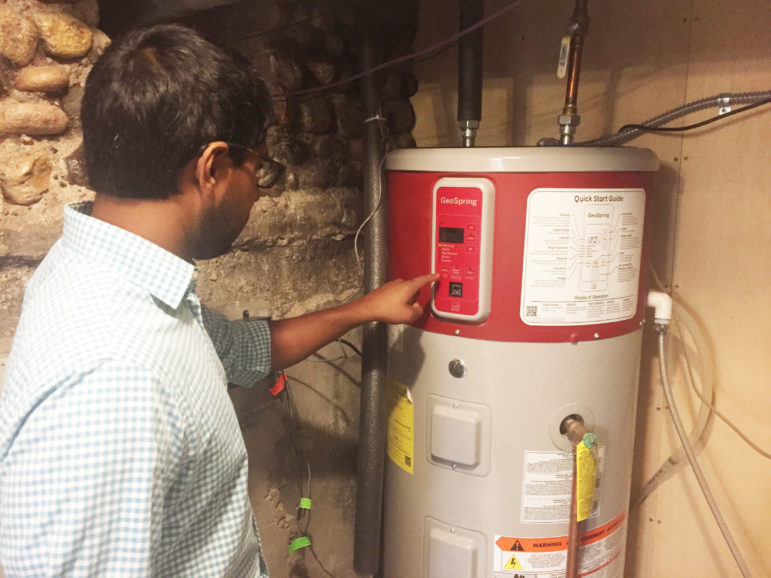
Switching away from fossil fuels to clean, renewable electricity is a critical piece of the “decarbonization” puzzle. This, paired with decarbonizing our electricity generation and continued investment around energy efficiency for buildings and appliances will help us minimize the economic and health impacts of climate change. At Fresh Energy, leading a healthy transition from oil and gas to clean, renewable electricity to power our homes is a core tenet of our work. If you’d like to learn more about natural gas, download Clean Energy Brief: Natural Gas in Minnesota. It includes even more information on the research and science around natural gas.

